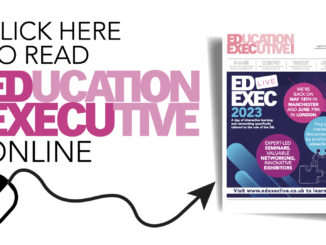
The DfE has updated it’s guidance on how schools can buy high value things and comply with EU procurement rules, including advertising a contract and running a buying process
If what you are buying is over the EU procurement threshold then you must follow this process. You should:
- assess the market;
- see if you can get what you need using the find a DfE recommended framework tool or another framework agreement;
- prepare your contract and invitation to tender;
- consider whether to use the restricted procedure to reduce the number of bids you have to assess later, or the open procedure to let anyone bid.
Then you must:
- advertise a contract notice using the UK e-notification service, Find a Tender (FTS);
- make your invitation to tender, and all other documents, available electronically from the time that the contract notice is published;
- assess all the bids you get fairly, using the same process;
- choose the supplier that offers best value for money;
- award the contract to the highest scoring bid supplier.
Assessing the market
Do some research before you advertise to:
- see if you can get what you need using our find a DfE recommended framework tool;
- see how many possible suppliers there are;
- find the best places to advertise.
You could also:
- speak to potential suppliers;
- ask other schools what they have done;
- consider using a selection stage;
- publish a prior information notice (PIN) in the OJEU or Contracts Finder.
If you do speak to suppliers, make sure that any information you give them at this stage is given to everyone else who bids later and that your specification, contract and tender documents do not favour any particular supplier. This is sometimes called ‘soft market testing’.
Prior information notices (PIN)
A prior information notice lets suppliers know about things you’re planning to buy in the future. You publish them in the OJEU using eNotices. Use these to:
- build up interest with suppliers;
- speed up buying things later.
If you want the PIN to cover several contracts get legal advice first.
Reduce the number of bids you get using the restricted process
If you want as many suppliers as possible to bid, use the open procedure. However, if you want to select which suppliers you will assess bids from, then use the restricted procedure, which is a two-stage process.
This is sometimes called a ‘selection stage’. It is used to score and rank the suppliers so you can assess the top bids. Decide in advance how many bids you will assess – it must be at least five. Do this if:
- you think lots of suppliers will reply to your advert;
- suppliers must have specific skills, qualifications or experience;
- the bid they have to supply will be particularly complicated or costly to write.
Use the standard selection questionnaire to:
- gather simple and consistent information;
- find out if the supplier is suitable for the contract, not how they would handle the job.
The open procedure can be used to reduce suppliers as well, by stating clearly in the tender documents that any bidder who does not have the specific skills, qualifications or experience will not have their bid scored.
Make all your documents available online from the time you post your advert on the Find a Tender service. Include:
- a covering letter;
- a timeline;
- how to ask questions;
- how to submit a bid;
- your specification;
- a list of things you want prices for;
- your award criteria;
- the level of service you want;
- any contract management needs, such as regular meetings or contact;
- if needed, an invitation for suppliers to give a demonstration;
- the standard selection questionnaire if you are running a selection stage;
- the proposed contract drafted as far as possible.




Be the first to comment